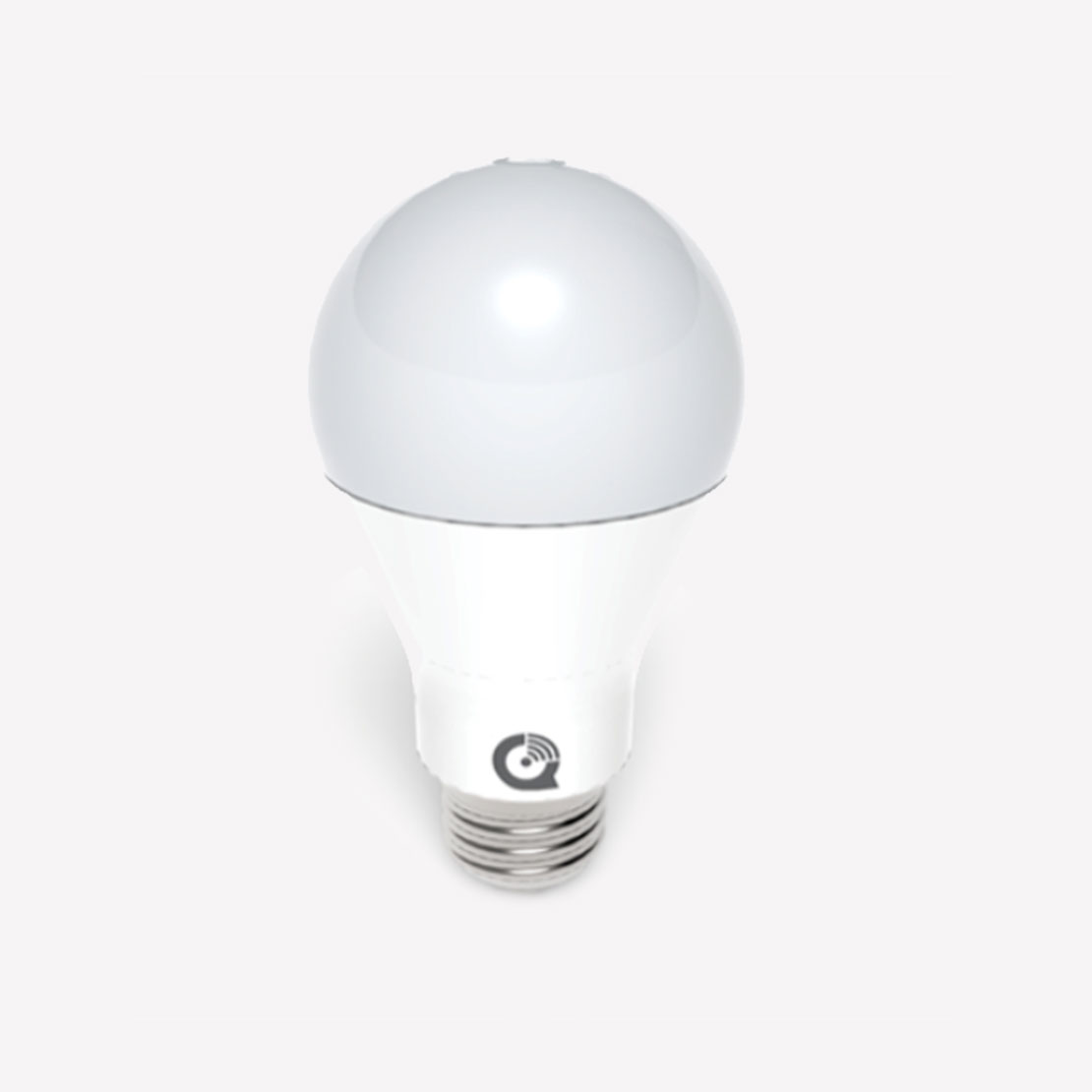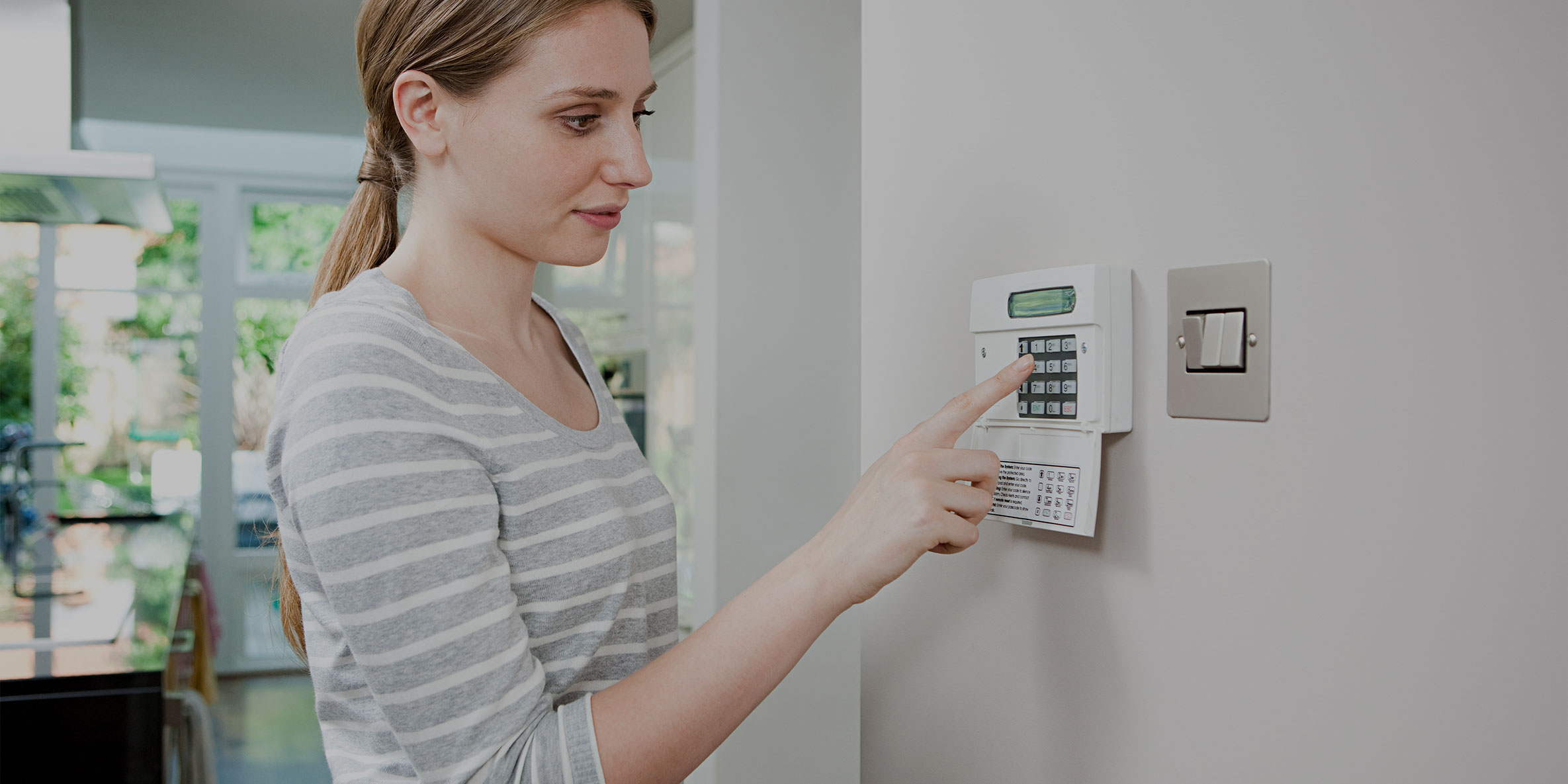Editor’s Note: This post was originally posted on October 19, 2019 and has been updated for accuracy and comprehensiveness.
According to a survey of 86 convicted burglars, many agreed security cameras worked as a deterrent. One even advised homeowners to “get a camera and make it visible!”
Video surveillance enhances home security by allowing you to monitor any room where you place a camera. Plus, many of today’s systems allow you to see live feeds in real-time from virtually anywhere.
But with so many options on the market, how do you know what kind of camera is right for you? Follow these steps when selecting a camera system to ensure optimal security for your home.
1. Assess Your Needs
To select the appropriate home security camera system, consider your needs as they pertain to your dwelling. The most suitable video surveillance system is dependent on several factors, including:
- The layout of your home.
- The number of entry points.
- The size of your home.
- The value of your assets.
- Your system budget.
- How you’ll use the cameras.
Use this information to determine what types of cameras are required and the number of cameras necessary to provide optimal coverage.
From there, consider whether you’ll want recorded camera footage to live in the cloud, and if you have other specific needs—such as the option to view camera feeds from your smartphone. Make a list of features like this to ensure you’re selecting the camera that checks all of your boxes.
2. Consider Your Camera Options
Security cameras come in a variety of sizes and serve different purposes. Once you have established your home’s unique security needs, consider the different camera options.
Standard camera types include:
- Box. Large, visible indoor cameras with variable focal lenses.
- Bullet. Small, well-hidden cameras that can be used both indoors and outdoors.
- Dome. Ceiling cameras covered with tinted glass.
- Pan-Tilt-Zoom. Remote-controlled cameras with panoramic capabilities for a wide-angle view from a single unit.
Select cameras that are designed to function in specific locations. Outdoor cameras have coverings to protect from natural elements, while other cameras are designed strictly for indoor use. Some higher-quality cameras can function in both.
3. Enhance Your System with Additional Camera Features
After choosing which type of camera is necessary, consider these additional features that improve functionality and further enhance security:
- Adjustable. Cameras that are mobile and can tilt or zoom for multiple views.
- Day/night capabilities. Cameras with night vision use infrared LEDs to provide clear images, even in the dark.
- High resolution. Higher resolutions give the best quality image.
- IP-based versus wired. Video cables are not required with IP-based systems.
- Weatherproof. Cameras that can withstand outdoor conditions.
Having a clear understanding of your home’s needs before selecting cameras will ensure you install a security camera system that best fits your home.
If you have any questions regarding camera selection, placement or set up, contact one of our trusted security professionals today.



